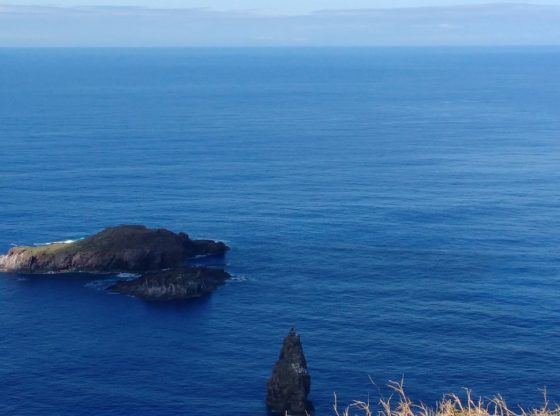
A Greek bronze helmet covered with gold has been discovered at the bottom of Haifa Bay in Israel.
Around 2600 years ago, a warrior must have dropped his helmet in the waters just off the coast in Haifa Bay. If it indeed was accidental, it must have really annoyed him. Considering this helmet is actually covered by gold and beautifully decorated with several animal depictions; of snakes, lions and also a peacock’s tail. It is obviously a Greek helmet, with distinct Greek features.
Considering the helmets worth, the warrior must have been wealthy, so said the American and Israeli archaeologist Jacob Sharvit. He is the director of the Marine Archaeology Unit of the Israel Antiquities Authority. Together with John Hale, a professor at the University of Louisville, they have published their findings.
Hale describes the finding; “The gilding and figural ornaments make this one of the most ornate pieces of early Greek armor discovered.”.
At the time when the helmet must have been made, around 600 BCE. Greek colonies were widespread throughout the Mediterranean coasts, from the Black Sea to southern France and Spain. There is, however, no evidence of Greek colonies in Israel. Indicating that the warrior who ventured into Haifa Bay was likely the leader of a group of Greek mercenaries.
The team, therefore, speculate that this warrior could have been one of the Egyptian pharaoh Necho II’s troops, sent through Israel accompanied by a fleet of ancient ships. There were a series of wars that engulfed Egypt, Judah (a Jewish kingdom), Assyria and Babylon, with Necho II of Egypt intervening on the side of Assyria. The conflicts ended with a conquest of Judah and the rise of a resurgent Babylon led by King Nebuchadnezzar II.
And at some point, amidst this conflict, this elite Greek warrior’s helmet ended up at the bottom of Haifa Bay. Perhaps he was on his way home, or perhaps the ship carrying the warrior was sunk. It remains a mystery, and we may never know what really happened. But the researchers plan to go back to the area and look for any more evidence of perhaps also an ancient ship.
“We are planning to go back to the same site and to try to locate other (archaeological) material there,” Sharvit said.
The results of the researchers’ work has been presented at the annual meeting of the Archaeological Institute of America. And the helmet itself is now on display at the National Maritime Museum in Haifa.
_______________
A helmet of a Greek warrior of the 6th-5th century BCE was discovered
______________________________











![OpenAI. (2025). ChatGPT [Large language model]. https://chatgpt.com](https://www.illustratedcuriosity.com/files/media/55136/b1b0b614-5b72-486c-901d-ff244549d67a-350x260.webp)
![OpenAI. (2025). ChatGPT [Large language model]. https://chatgpt.com](https://www.illustratedcuriosity.com/files/media/55124/79bc18fa-f616-4951-856f-cc724ad5d497-350x260.webp)
![OpenAI. (2025). ChatGPT [Large language model]. https://chatgpt.com](https://www.illustratedcuriosity.com/files/media/55099/2638a982-b4de-4913-8a1c-1479df352bf3-350x260.webp)








